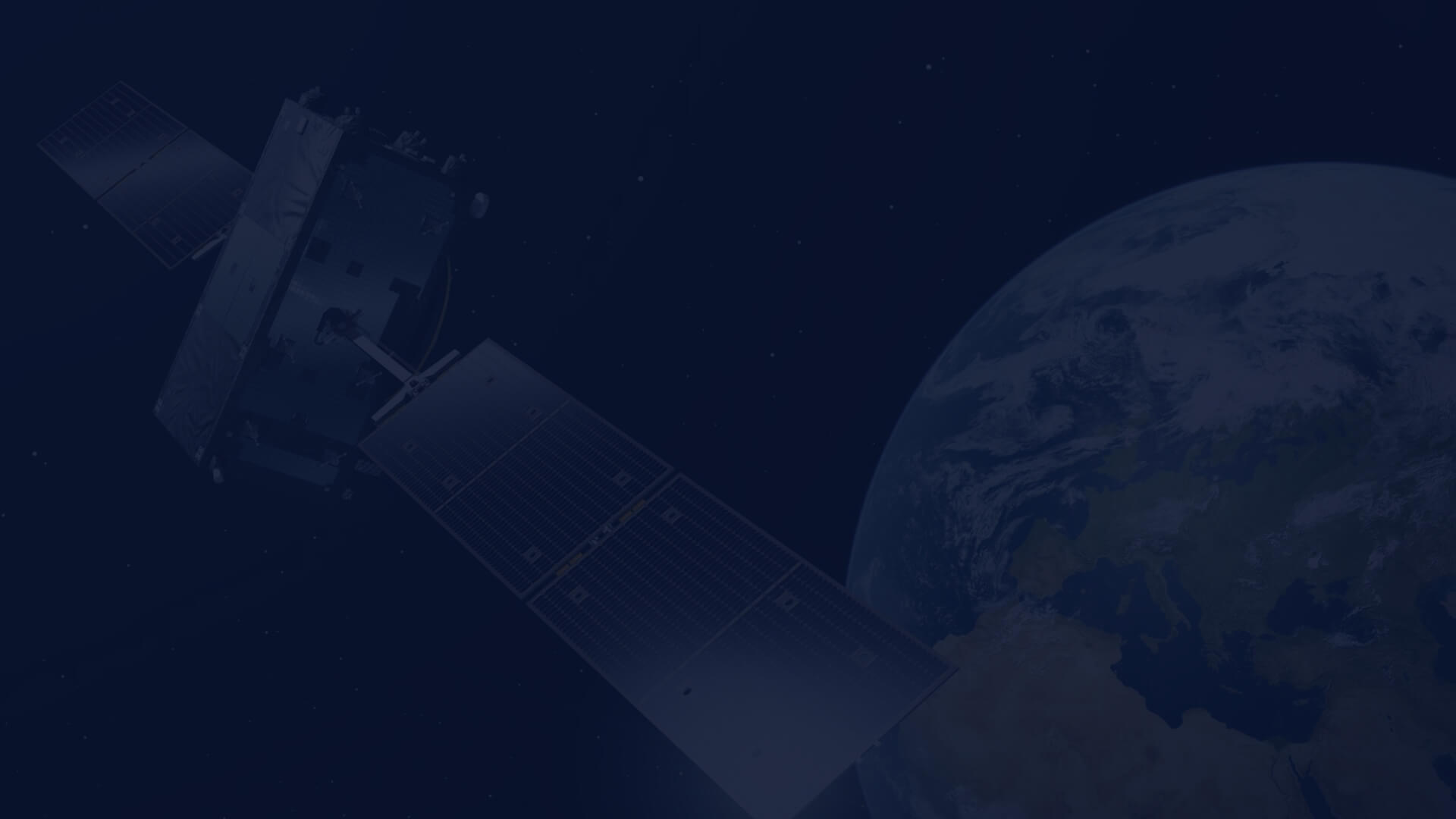Processing Sentinel-5P data using HARP and Python
Air quality is a crucial factor that impacts public health. Thanks to the satellite observations provided by TROPOMI onboard Senitnel-5P, hotspots of nitrogen dioxide (NO2) can be detected over the Earth every day. However, Sentinel-5P data needs to be prepared in a proper way to be useful for further analysis.
EO Data Access (R)evolution
Earth Observation (EO) produces a massive amount of data (34 PB available on CREODIAS) that needs to be archived and made accessible to end-users. Operational costs of maintaining Immediately Available Data (IAD) were cumbersome for many data platforms operating at a large scale such as the Copernicus Open Access Hub. Consequently, the rolling data policy has been implemented whereby, after a certain time, the EO products are moved from the costly IAD to the less expensive Long Term Archive (LTA). Within the LTA, data is stored on magnetic tape, which is the cheapest storage solution, but requires additional cartridge handling (either manual or more efficient automatic handling). Either way, restoring data from the tape LTA to IAD requires a lot of time, so a user must wait hours, days, or even weeks to get immediate access to data.
Land cover classification using remote sensing and AI/ML technology
Although the terms “land usage” and “land cover” are frequently used interchangeably, each term has a distinct definition. The term “land cover” describes a material that covers the surface of the ground, such as vegetation, urban infrastructure, water, bare soil, etc. Land cover identification creates the baseline data for tasks like thematic mapping and change detection analyses. The term “land use” describes the function that a piece of land performs, such as agriculture, wildlife habitat, or recreation.
AI-based satellite image enhancer and mosaicking tools
Satellite imagery forms the input for the creation of many information products and services, such as land cover maps or high-resolution layers of land cover characteristics. EOfactory has made it possible to perform mosaicking of multiple images automatically, vastly reducing the manual labor required to ensure the images fit together precisely geometrically. Built-in color balancing tool helps to give seamless stitching even if the sub-datasets are different from dates and different radiometric resolutions.
Species classification of forests
A forest is a dynamic and complex ecosystem. Dynamic – because it changes over time, complex – because we are talking about its vertical and horizontal structure. Proper forest management and protection requires detailed information, preferably information about the species/species groups of the trees. Information about the species, and additionally e.g. age/height of the trees is a set of information that can tell specialists a lot. On this basis, it is possible, for example, to determine the extent of ecosystem services that a particular forest can provide, it can say something about the size of the tree population or allow conclusions to be drawn about the stability of the forest.
AgroTech project as an example of how CREODIAS can be used for food and environmental research
CloudFerro together with the QED Software team is working on a Research & Development project AgroTech to test and review its cloud capabilities for agriculture-related applications. After 1 year of collaboration on the project, we would like to share our main thoughts about implementing solutions for agriculture on CREODIAS.
Satellite remote sensing analysis of the forest
In order to talk about remote sensing analyses of the forest, we must first define what a forest is. We encounter the first problem here as the definition of the forest is not uniform. There are more than two hundred definitions of this word worldwide, which, of course, complicates the matter as the spatial scale of the analyses increases, and at the same time, it means that remote sensing data can sometimes be used in a limited way.
Enabling AI / ML workflows with CREODIAS vGPUs
Machine Learning presents an attractive opportunity for supplementing or substituting traditional methods of data processing, including Earth Observation data. Training and tuning ML models are most efficient with a quick feedback loop on the training results. That is where GPUs show their great performance advantage over running the training on regular CPUs.
Satellite - based Urban Heat Island mapping on CREODIAS
Spatial transformations and an increased share of imperviousness surfaces make cities the places with the most intense impact on the microclimate. The temperature difference can be as high as 10 degrees Celsius compared to undeveloped rural areas. The CREODIAS platform provides data and all necessary tools to better explore spatial relations that help map and prevent the negative effects of the urban heat island phenomenon.

